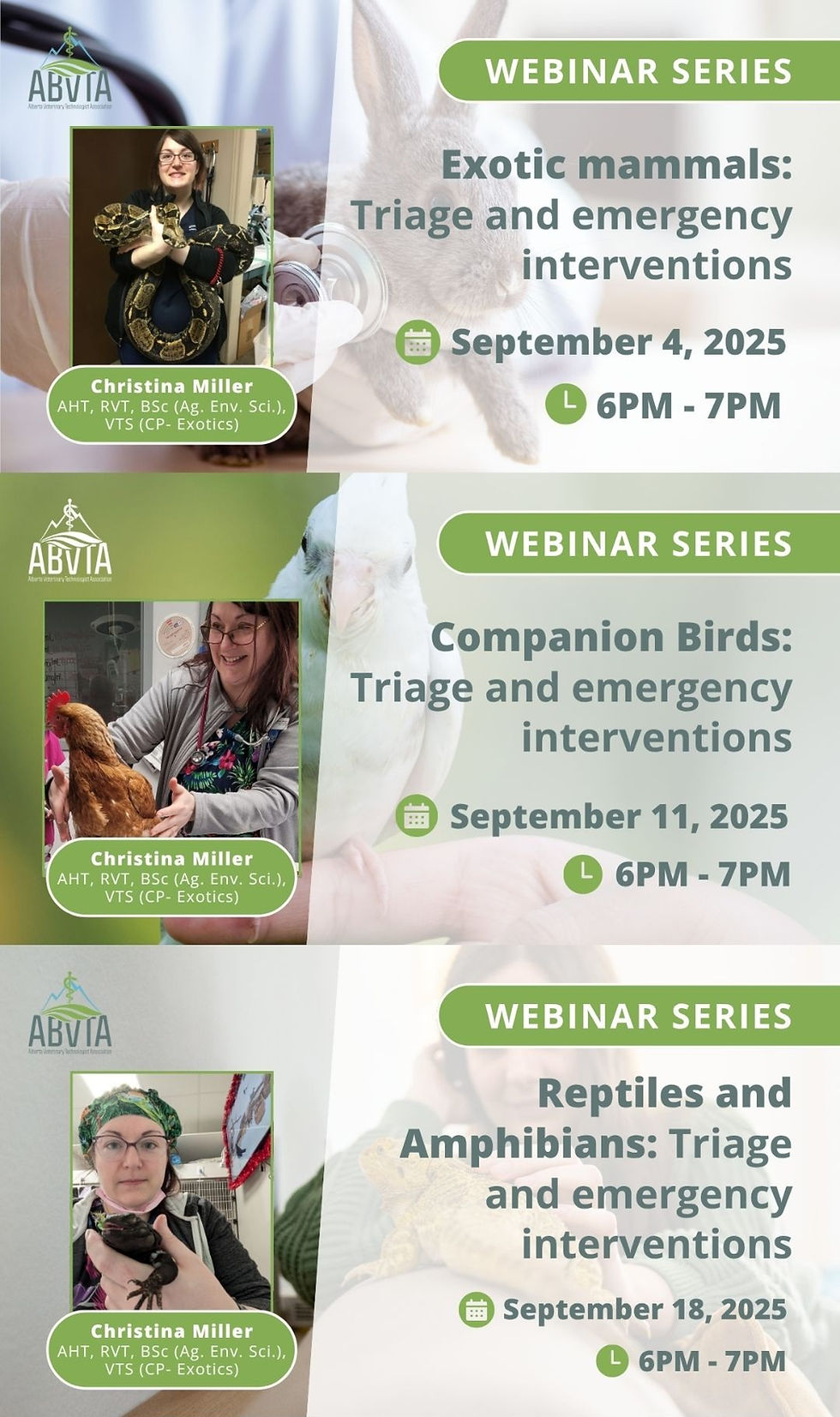Case presentation: Pickle the Red-eared Slider
- Christina Miller
- Feb 9, 2021
- 3 min read
Updated: Oct 12, 2021
Pickle the ~20 year old Red-eared Slider (Trachemys scripta elegans, often abbreviated as "RES") presented to us in late 2020 for a phallic prolapse. While he was known for previous episodes of prolapse, he had always self-corrected within a few hours. This time, the phallus did not retract, and it became engorged and edematous.
(If you find yourself asking “Hang on, don’t reptiles have hemipenes and not a penis? What’s the deal here?” Order Squamata, containing lizards, snakes, and amphisbaenians and collectively referred to as the squamate reptiles, do indeed have paired copulatory organs called hemipenes (sing. hemipenis) that are inverted in the tail base. Chelonians and crocodilians, although distantly related as far as reptiles are concerned, have a single phallus (Vitt and Caldwell 2009). The hemipenes and reptilian phallus are used for reproduction only-- they are not involved in urination like many mammals (Boyer and Innis 2019, O'Malley 2005).
Phallic prolapse in chelonians can have many causes. In aquatic slider turtles (family Emydidae), we have a few considerations: 1) Reproductive stimulation (no females around for Pickle, so this one’s unlikely!) 2) Any disease causing inflammation of the intestinal tract or straining to defecate, such as enteritis or even an intestinal foreign body 3) Nutritional secondary hyperparathyroidism (NSHP), commonly referred to as metabolic bone disease (MBD) 4) Other systemic disease (Chitty and Raftery 2013, McArthur and Machin 2019).
Sometimes we get lucky and the prolapsed phallus or hemipenis is not “beyond the point of no return” and we can reduce the edema with a hypertonic solution, and provide pain management and antibiotics where appropriate to save the animal’s anatomy (McArthur and Machin 2019). This is an especially important effort in breeding animals. In Pickle’s case, we opted to amputate as it was very unlikely that this tissue could be reduced.
Those of you who are familiar with RES anatomy have likely already noticed Pickle’s small stature and abnormal shell structure. These deformations are typical with NSHP/MBD (Boyer and Scott 2019, Chitty and Raftery 2013). A thorough husbandry review revealed that the broad spectrum lighting was a compact fluorescent style (the UV radiation from these bulbs attenuates or “disappears” within 3-5 cm of the bulb) and there was a glass barrier between the bulb and Pickle. Silica glass filters nearly 99% of UV-B needed for vitamin D3 production. I could talk for hours about broad spectrum lighting for reptiles, so I’ll save that for another day. Inadequate UV-B radiation reaching Pickle combined with a low-calcium diet resulted in metabolic dysfunction. To compound this, Pickle’s basking spot was not heated, compromising his ability to thermoregulate (this not only affects nutrient metabolism, but also immune system function!).
We also noted some bilateral conjunctivitis (suspected from vitamin A deficiency based on diet history) and some lesions on the shell suspicious of osteomyelitis. Radiographs were taken to assess the shell and screen for any possible gastrointestinal obstruction. Thankfully, no foreign body! Bloodwork was performed.
Thankfully, Pickle’s family is very dedicated, and corrected a number of problems: Nutrition, heating, water quality checks, appropriate lighting were all implemented. It was also discovered, through water quality checks, that Pickle’s water had ammonia. Ammonia should be undetectable in an aquarium. It’s invisible and toxic, and could have been another contributor to systemic disease.
Pickle’s post-surgical treatment plan included pain management, injectable antibiotics, and therapeutic vitamin A and calcium supplementation. He is doing great post-op!
This case is an excellent example of why annual exams for exotics, particularly long-lived species, are so important. Many of these health issues have been a “slow burn” that could have been detected/corrected earlier.
Please note that Red-eared Sliders require a permit for ownership here in NS, Canada.
References:
Boyer, TH and CJ Innis. 2019. Chelonian Taxonomy, Anatomy, and Physiology. In: Divers, SJ and SJ Stahl. Mader's Reptile Medicine and Surgery, 3rd ed. Elsevier, St. Louis, MO, USA.
Boyer, TH and PW Scott. 2019. Nutritional Diseases. In: Divers, SJ and SJ Stahl. Mader's Reptile Medicine and Surgery, 3rd ed. Elsevier, St. Louis, MO, USA.
Chitty, J and A Raftery. 2013. Essentials of Tortoise Medicine and Surgery. John Wiley & Sons, Chichester, UK.
McArthur, S and RA Machin. 2019. Cloacal Prolapse. In: Divers, SJ and SJ Stahl. Mader's Reptile Medicine and Surgery, 3rd ed. Elsevier, St. Louis, MO, USA.
O'Malley, B. 2005. Clinical Anatomy and Physiology of Exotic Species. Elsevier, St. Louis, MO, USA.
Vitt, LJ and JP Caldwell. 2009. Herpetology, 3rd ed. Academic Press, Burlington, MA, USA.




















Comments